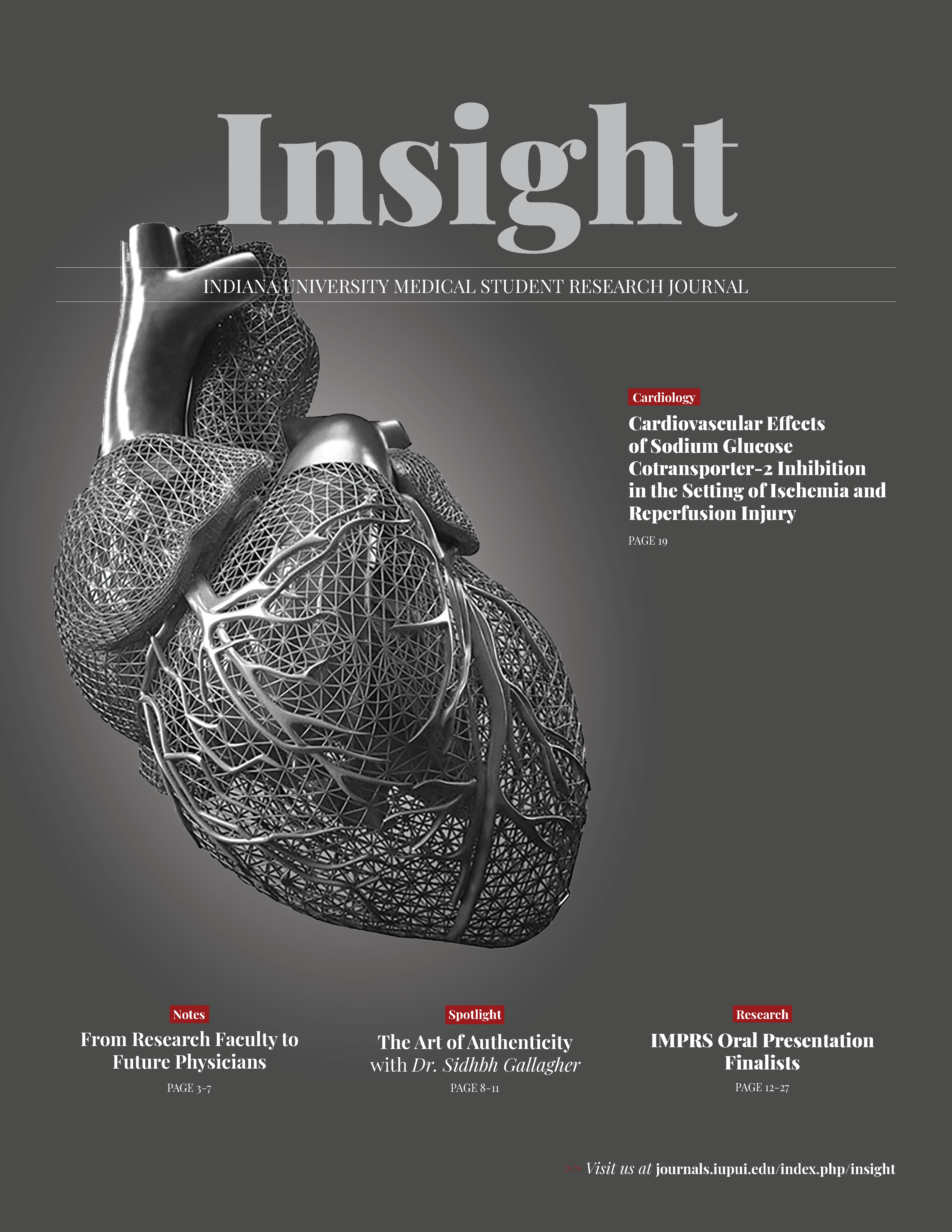Minimally Invasive, Non-Terminal In Vivo Muscle Testing of a Porcine Tibia Fracture Model
Abstract
Introduction: Tibia fracture can cause prolonged functional deficits and disability. The extent of the soft tissue injury surrounding tibia fractures is a key determinant of surgical care decisions and healing outcomes. To further elucidate the impact of muscle-bone interactions on musculoskeletal healing in a translational model, we have begun to establish a porcine tibia fracture model with or without a corresponding volumetric muscle loss (VML) injury in the adjacent peroneus tertius (PT) muscle (akin to the tibialis anterior muscle in humans). Herein, we present initial muscle function data testing the hypothesis that tibia fracture without VML induces an initial strength deficit that recovers within three months post-injury, while VML injuries present chronic strength deficits. The relationship of muscle functional capacity and fracture healing will be assessed.
Methods: A total of 15 castrated Yucatan minipigs pigs will be evaluated in the following groups: Tibia defect (TD)-only (unilateral, 2.5 cm mid-diaphyseal; fixed with medial and lateral titanium plates), TD+small VML (~20% excision of PT muscle midbelly), TD+large VML. To date, 12 have undergone injury, and 3 have completed the study (TD-only, n=2; TD+small VML, n=1).
In vivo muscle testing of the anterior compartment of the lower hindlimb was performed before and 1, 2, and 3 months post-injury using a custom-made muscle function testing apparatus (Aurora Scientific). Both limbs were assessed. Briefly, anesthetized pigs were placed supine on an operating table, the ankle and knee joints of the tested limb were arranged at 90˚, and the foot was securely fastened to a foot plate attached to a force transducer. Percutaneous needle electrodes were placed on either side of the common peroneal nerve and electrical stimulation was delivered to elicit maximal tetanic isometric torque (0.1 ms pulse width, 100 Hz, 800 ms train, 60 – 80 V) as a function of ankle joint angle from 0 to 40˚ of plantarflexion.
Results: Before injury the non-operative and operative limbs had similar peak muscle strength (11.8±1.0 vs. 10.8±0.6 Nm; p=0.42), and non-operative limb strength did not change during the study (ANOVA p=.89). Relative to pre-injury values, the tibia defect with VML injury presented 71, 77, and 79% strength loss, while the tibia defect-only limbs presented 46, 60, and 48% strength loss at 1, 2, and 3 months post-injury, respectively.
Discussion: The data are limited by low sample sizes reflective of the current progress of this ongoing project and corresponding fracture healing data are not currently available to determine their relationship with muscle strength deficits. The preliminary data do not appear to support the hypothesis, as limbs with TD-only presented persistent strength deficits, though potentially of lesser magnitude than VML injured limbs. The mechanism of strength loss following TD-only may be related to disuse.
Downloads
Published
Issue
Section
License
Copyright to works published in Insight is retained by the author(s).

